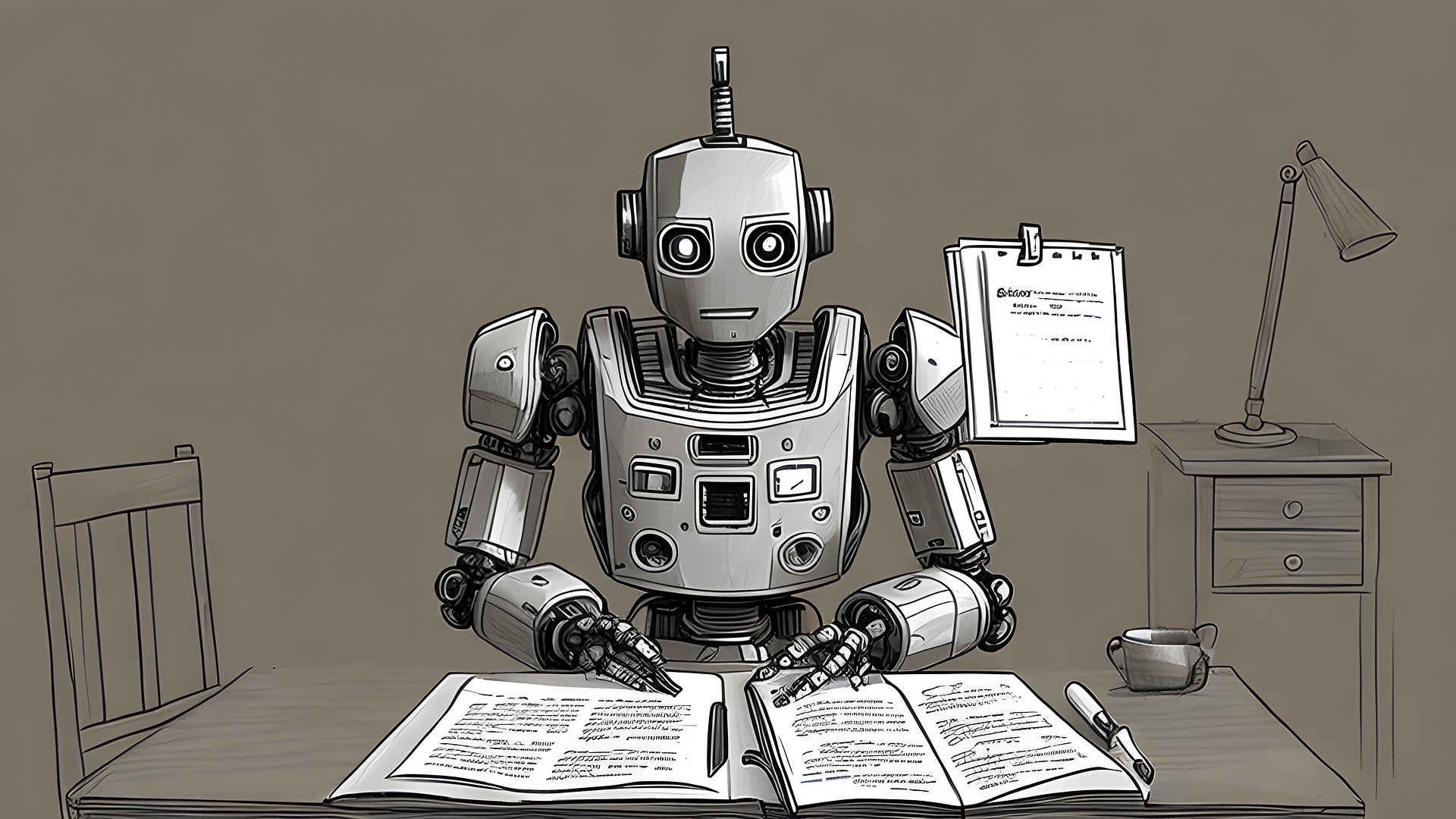The promise of AI in marketing has never been greater!
But if you’re like most CPG CMOs, your AI investment isn’t delivering the promised returns.
IDC’s latest Worldwide Artificial Intelligence Spending Guide shows that the global AI software market is expected to reach $251.4B by 2027, far exceeding earlier projections. However, most organisations are seeing disappointing returns on their AI investments. (Source)
This is confirmed by McKinsey’s 2023 State of AI report, 50% of organizations are using AI in at least one business function, but only 27% report seeing tangible cost savings! (Source)
The disconnect? It’s not the technology that’s failing – it’s how we’re using it.
As Laurie Buczek, Group Vice President, Executives Insights and Leadership Services at IDC said when launching their latest FutureScape report:
Marketing’s future is represented by AI-fueled transformation. We only see the tip of the iceberg today, and lying underneath is a world where AI becomes the new operational fabric of marketing and sales, redefining the role of marketing, the people who work within marketing, and the way brands deliver a compelling, engaging customer experience.”
As a CMO, you’ve likely already invested in AI tools. Perhaps you’re using them for content creation, basic analytics, or campaign optimisation.
But here’s the uncomfortable truth: if you’re like 62% of organizations, you’re barely scratching the surface of AI’s potential.
So to help, here are a number of common failures and their solutions. You can thank me later!
If you prefer to listen rather than read:
Failure #1: The Single-Tool Trap
Most CPG brands fall into what McKinsey terms “point-solution paralysis.”
You’ve invested in an AI content tool or basic analytics platform, but it operates in isolation.
According to Adobe’s 2024 Digital Trends Report, this approach captures only 25% of potential ROI. (Source)
The Fix: Consider how P&G transformed their approach. By implementing what their Global CMO calls an “AI ecosystem,” they integrated multiple AI models across their brand portfolio.
The result? A 30% reduction in marketing waste across their brand portfolio. (Source)
Their system connects predictive analytics, consumer sentiment analysis, and dynamic segmentation in real-time.
Failure #2: Outdated Mental Availability Measurement
Byron Sharp’s research at the Ehrenberg-Bass Institute shows that 83% of brands either measure mental availability incorrectly or not at all. In today’s rapid-fire digital environment, annual brand tracking studies are like using a sundial to time a sprint.
The Fix: Nike’s revolutionary approach leverages continuous AI monitoring across 50 million weekly customer interactions. Their “Consumer Intelligence Network” automatically tracks and adjusts brand signals, leading to a 40% increase in digital engagement, a 28% increase in consideration rates and identification of $2 billion in new category opportunities. (Source)
Failure #3: Static Segmentation Paralysis
In the fast-moving CPG space, traditional annual segmentation is dangerously outdated. McKinsey’s 2024 Consumer Insights report reveals that 71% of brands still rely on annual studies, missing crucial … Click to continue reading








